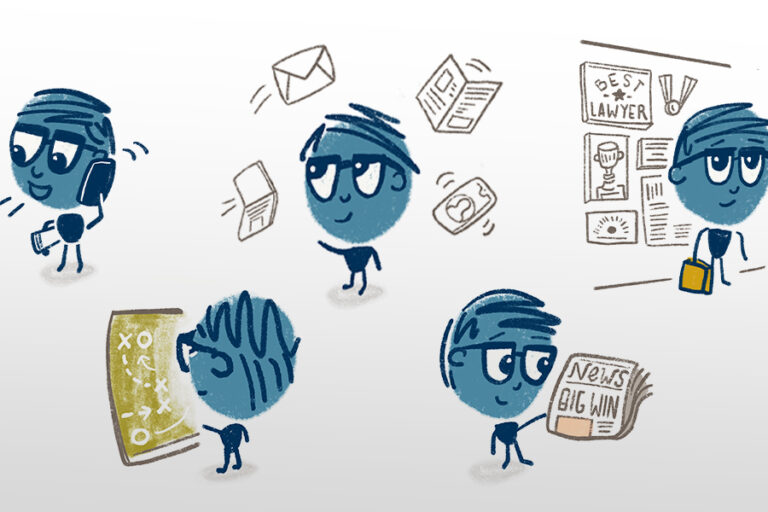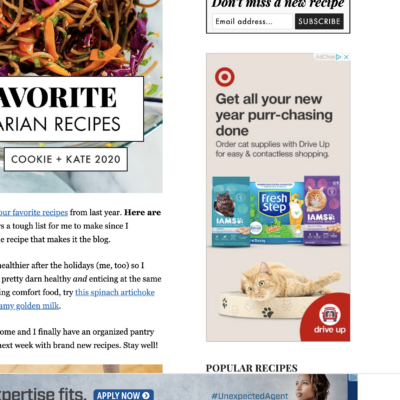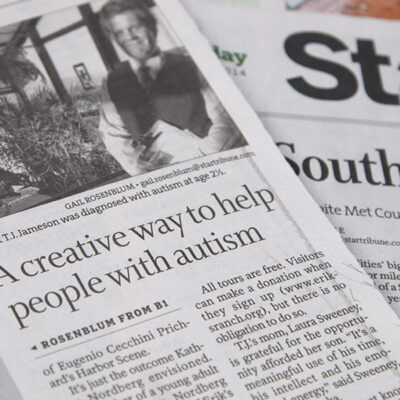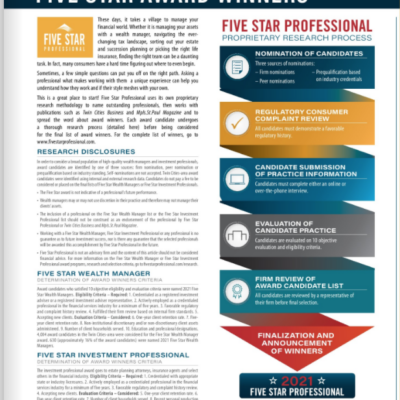
A Beginner’s Guide
to Media Relations
Media relations is an organization’s interactions with members of the media including editors, reporters and journalists. The goal is to communicate the organization’s newsworthy message, story or information using the appropriate media outlets. Having an effective media relations specialist is essential to working with, not against the media. Developing strong relationships with media can prove to be invaluable to organizations seeking to share their message through a third party.
- The Difference Between Paid and Earned Media
- The Value of Media Relations
- Reactive vs. Proactive Media Relations
- Creating a Media Relations Plan
- When the Media Calls
- How to Leverage Media Placements
The Difference Between Paid and Earned Media
Before setting out on a media strategy for your organization, it’s important to understand the concept of paid and earned media. Each option has its own advantages and disadvantages, and pursuing a hybrid model could be just what the doctor ordered. Read on to find what might be right for you.

What is paid media?
It’s media that you pay for. Examples include digital advertising, radio, TV, and billboard ads, as well as newer opportunities such as social media and public media sponsorship, venue advertising, etc.
Advantages
You control both message and content. You get to take control of links making success easier to measure. This could be your only option if you need to reach a specific audience at a specific date and time. The bar is set lower for audience relevance and it does not require you to have news value.
Disadvantages
Paid media can lack credibility, especially when a company doesn’t have strong brand reputation or awareness. Paid media lacks the objectivity that earned media has. It can also be tough to compete against the buying power of much larger competitors.

What is earned media?
Earned media is mainly comprised of results from PR outreach using traditional, social media, or guerrilla tactics. The media is in the driver’s seat on choosing what to cover based on their judgment on news value, novelty, audience relevance and timing.
Advantages
Objective content in third-party media has potential for higher credibility and helps build reputation more than self-published content. Media coverage typically leads to shareable, credible content and can facilitate audience engagement. Earned media works well with paid media to have a broader reach with lower dollars spent. It is typically more cost-effective than paid media alone.
Disadvantages
The final news judgment is up to the media. Timing cannot be controlled. News value and novelty are subjective and subject to change based on factors outside of agency or client control, such as other events, reporter interest or advertising considerations.

What is a hybrid paid and earned media model?
Examples include pay-to-play opportunities such as event listings, public radio, or public TV sponsorships. Externally produced content can also be part of a hybrid model, including advertorials, bundled editorials and advertising content or sponsored educational websites.
Advantages
A hybrid model offers more message control with some benefit of third-party ‘endorsements’ for many. The biggest plus is additional distribution to readers and viewers when media distributes with mixed content to their audience.
Disadvantages
This approach can be costly so review terms carefully. It also doesn’t offer the same level of credibility as earned media without payment. Sponsorships may have limited flexibility on content and terms.

The Value of Media Relations
The value of earned media is at least three-fold for any organization. Sometimes there is value beyond these three, but every situation is unique. The value of media coverage goes well beyond the value of the same content you could buy in an advertisement on television, newspaper, radio or any digital form.
Earns Credibility
What a reputable media outlet says about you is generally more credible – and believable – than what you say about yourself. Favorable media coverage of a message or organizational news gives the message third-party credibility. This assumes the media channel is generally respected and accurate, and the message conveyed is factual and has an objective perspective.
Extends Your Reach
Media coverage allows an organization to reach an audience that is much broader than it could reach with its own distribution alone. Many organizations use cost-effective public relations and earned media to extend beyond the advertising budget they have. It can be used to have more presence within the same media, and earned media can go to additional media channels beyond the advertising channels.
Provides Content You Can Leverage
Public media coverage can be easily leveraged to new audiences in the future through search, or sharing through email or social media to reach prospective clients, employees, etc.

Reactive vs. Proactive Media Relations
Reactive media relations is simply responding to any inbound media inquiries. Proactive media relations involves creating a plan to pitch stories to the media on a regular basis and is an important component of an integrated marketing or content strategy. This requires taking a close look at your operations to determine how you can make your work, your events and your content more newsworthy.
While investing in planning requires significant resources, a proactive media relations approach allows you to build relationships with the media, which eventually will lead to inbound media inquiries and additional opportunities for media exposure that can position your organization as a leader and source of knowledge.
Creating a
Media Relations Plan
Proactive media relations will not happen on its own. It requires an upfront investment in planning and a commitment to regular activity and outreach. The following outlines the seven stages of a media relation plan.
Stage One: Establish Objectives
Why are you investing in media relations? What will success look like? What message(s) do you need the public to receive?
Stage Two: Internal Self-Assessment
Do you have the time and financial resources needed to successfully implement a proactive media relations strategy? Who should be involved? Do you need to outsource some or all of the work to a public relations agency?
Stage Three: Understand Your Audience
Who are you trying to reach? Do they all fit under one audience, or do you have multiple target audiences? What kind of media does your audience consume? Who are the biggest influencers?
Stage Four: Create an Editorial Calendar
What events will be happening at your organizations? What events are happening outside of your organization that you can speak directly about? What/who are your best sources of content? How often do you want to be pitching the media – what frequency is necessary for you to meet your overall goals?
Stage Five: Inventory Your PR Assets
Who can be spokespeople, and on which topics? What photography and videography already exists? How will you go about getting new visual assets?
Stage Six: Implementation
How often will you revisit your plan? What needs to happen each day, week, month, quarter?
Stage Seven: Measurement
What metrics will you use – number of placements, impressions, website traffic, etc.? How will you measure the quality/value of media placements – ad value, tone, reactions/engagement?

When the Media Calls
Screening
In an ideal situation, the person fielding incoming media requests will not be your spokesperson (an agency contact or a communications manager are good choices). This gives that person the opportunity to screen the request and help the spokesperson prepare for an interview. This also helps you to be responsive to what the reporter is looking to learn and make sure that they have everything needed for a great story. Here are some important questions to ask the reporter:
- What is your deadline?
- How will the interview be conducted? In person, by phone, by video conference? Live or recorded?
- What are you hoping to cover? Are there any specific questions we should be prepared for?
- Will you need any other assets? Photos, video, etc.?
Preparation
After getting the answers to these questions you should take the following steps:
- Research the publication and make sure it is credible.
- Research the reporter and their coverage of similar topics to look for any red flags.
- Aim to get back to the reporter within an hour, sooner if they have an immediate deadline.
- If you decide to take the interview, prepare some talking points and key messages, have any pertinent data readily available.
- If you decide not to take the interview, consider making a referral to someone you feel would be a better fit. This will help you build a good relationship with the reporter.
Interviews
During an interview …
- You are in control. If the reporter tries to divert the conversation, bridge or redirect from a question or topic back to the subject matter you are comfortable talking about, e.g. “What we feel is most important…”
- Don’t be afraid to repeat key messages. If a question catches you off guard, take a moment to collect your thoughts. Predetermined lines like this can help buy time! Great question! I wasn’t prepared to talk about that today but I can get back to you on that.
- Always appear helpful, and be positive. An interview is an invaluable opportunity.
- Remember – there is no such thing as off the record.
Follow-up
After the interview is over you still have an opportunity to influence the direction of the story. You can:
- Follow up by email if possible and ask if they have any additional questions.
- Clarify any points/messages that you think may have been miscommunicated
- Connect them to other resources, including other people.

How to Leverage Media Placements
What happens after the story is published or airs? You have the power to bring the story to more people!
- Share on your website
- Share in email newsletters
- Share on organization’s social media channels
- Ask employees to share on personal social media channels
- Share with select people via individual emails
Let’s give them something
to talk about
because the world could use some good news.

Success Story
Lathrop GPM, a national law firm, wanted to offer their expertise to help businesses better understand how to navigate uncertain times during the COVID-19 pandemic in 2020. Neuger helped their attorneys’ identify story ideas and pitch them to hundreds of media outlets nationwide, earning them dozens of media placements – all which has helped enhance their credibility among their target audiences. See the full case study.